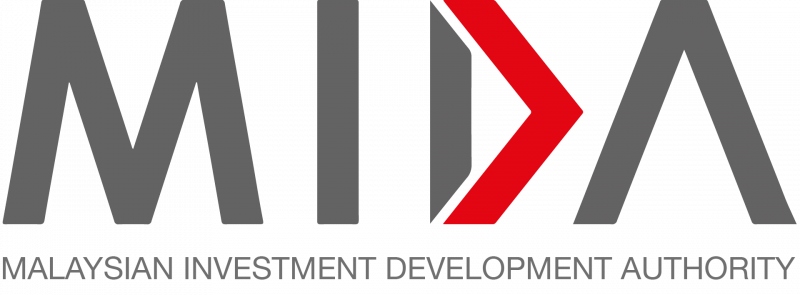International partnerships and foreign investments, especially in the green technology sector, should enable Sarawak to record a double Gross Domestic Product (GDP) of RM280 billion by 2030, said Premier Datuk Patinggi Tan Sri Abang Johari Tun Openg.
According to him, Sarawak is expected to achieve a double GDP from RM140 billion in 2022 to RM280 billion by 2030.
“Under the Post-Covid19 Development Strategy 2030 (PCDS 2030), we have three main thrusts, namely economic prosperity, social inclusion and environmental sustainability, and of course, to implement them, the enablers are innovation, digital infrastructure and education.
“This ecosystem that we will implement and by the end of it, by 2030, we will be able to achieve a GDP of RM140 billion to RM280 billion, which is our target,” he said when delivering a keynote address for a RAM Conference themed ‘Advancing an Inclusive and Sustainable Future – Spotlight on Sarawak’, at a hotel here today.
On investments, Abang Johari said Sarawak was currently collaborating with Japan and Korea in hydrogen production, which should produce about 240,000 tonnes of hydrogen to be exported to the two countries by 2028.
Sarawak is the first state in Malaysia to have carbon trading legislation, namely the Environment (Reduction of Greenhouse Gas Emissions) Ordinance 2023, which took effect on March 1 this year.
“The federal government is paying attention to this matter. They came to Sarawak to collaborate on the legislation that we had enacted for them to introduce in (Parliament) in December.
“We (Sarawak) are the first to enforce this legislation.”
With regard to PCDS 2030, Abang Johari stressed that Sarawak was very concerned about the climate change happening now.
He added that the state government had been actively involved in tree-planting activities, especially for mangrove forests, deemed as the best carbon storage compared to regular forests.
However, he said to carry out environmental sustainability activities, especially in addressing climate change in line with efforts towards achieving the ‘Net Zero 2050’ goal, it would require large funding.
“In addressing global climate change, one problem faced is finance because any approach in addressing climate change, you need a large capital in addition to equipment in our efforts towards achieving Net Zero 2050.
“For that reason, this is where developed countries play their role in financing all the related projects. I hope the financial community would find ways and approaches to finance all these projects.”
Also present at the event were Deputy Minister of Energy and Environmental Sustainability Sarawak Datuk Dr Hazland Abang Hipni; Development Bank of Sarawak (DBOS) chairman Tan Sri Datuk Amar Mohd Morshidi Abdul Ghani; and RAM Holdings chairman Datuk Kamaruddin Taib.
RAM Holdings Bhd operates as a holding company and, through its subsidiaries, provides independent credit ratings, research, training, risk analysis, environment-social-governance (ESG) analysis, and bond-pricing services.
During the RAM Sustainability Awards 2024 presentation, Abang Johari was honoured with the ‘Sustainability Steward of the Year’.
Three other ‘RAM Sustainability Awards’ were also presented to Press Metal, Sarawak Energy Bhd, and Sarawak Oil Palms.
Source: Borneo Post
Premier: Global collabs among key boosts for S’wak to post RM280 bln in GDP by 2030
Content Type:
Duration:


